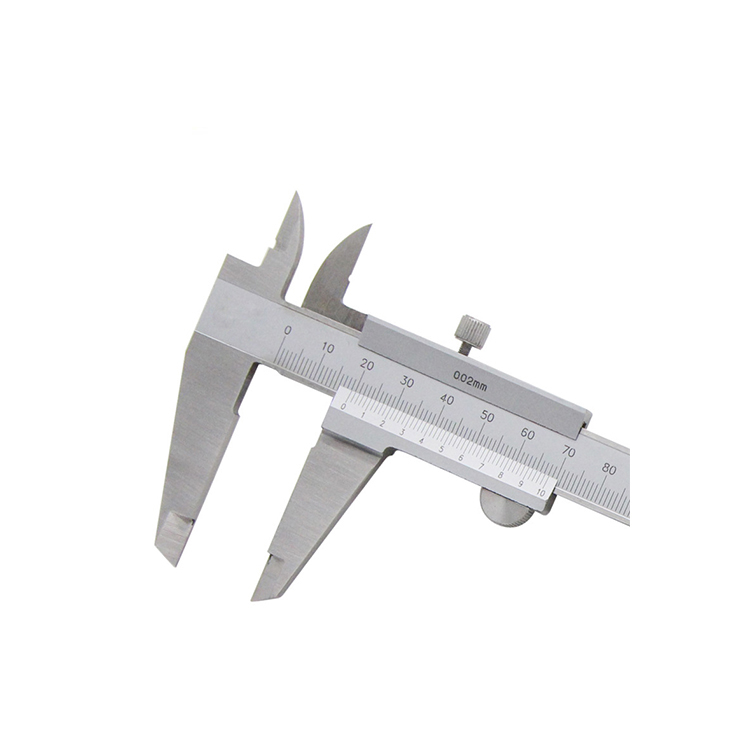High-Quality wire gage
High-quality wire gauge is crucial for ensuring safe and efficient electrical systems. It refers to the standard measurement of wire thickness, directly impacting its current-carrying capacity and resistance. Selecting the correct wire gauge is essential for preventing overheating, voltage drop, and potential fire hazards. This guide explores the factors to consider when choosing the right wire gauge for your specific needs, including ampacity, voltage drop, and application.
What is Wire Gauge?
Wire gauge is a standardized measurement of wire diameter. The American Wire Gauge (AWG) is the most common system used in North America. A higher AWG number indicates a smaller wire diameter, while a lower AWG number indicates a larger diameter. For example, 12 AWG wire is thicker than 14 AWG wire.
Why is Wire Gauge Important?
Choosing the correct wire gauge is vital for several reasons:
- Safety: Using a wire gauge that is too small for the current it needs to carry can cause the wire to overheat, potentially leading to a fire.
- Efficiency: Undersized wires can cause excessive voltage drop, reducing the power available to the connected device or appliance.
- Performance: Using the correct wire gauge ensures optimal performance of electrical systems and devices.
- Compliance: Electrical codes often specify minimum wire gauge requirements for various applications.
Factors Affecting Wire Gauge Selection
Several factors influence the appropriate wire gauge for a specific application:
Ampacity (Current-Carrying Capacity)
Ampacity refers to the maximum amount of electrical current a wire can safely carry without overheating. The ampacity of a wire depends on its gauge, material (typically copper or aluminum), and insulation type. Refer to the National Electrical Code (NEC) tables for specific ampacity ratings based on these factors.
Example: According to NEC Table 310.15(B)(16) (formerly Table 310-16), a common ampacity rating for 14 AWG copper wire with Type THHN insulation is 15 amps when run in a conduit with no more than three current-carrying conductors.
Voltage Drop
Voltage drop is the decrease in voltage that occurs along a wire due to its resistance. Excessive voltage drop can cause dimming lights, malfunctioning appliances, and reduced equipment performance. The longer the wire and the smaller the gauge, the greater the voltage drop.
Voltage drop can be calculated using the following formula:
Voltage Drop = (2 x K x I x D) / CM
Where:
- K = Constant representing the wire material (12.9 for copper, 21.2 for aluminum)
- I = Current (amps)
- D = One-way distance (feet)
- CM = Circular mils (a unit of area used to measure wire size)
Many online voltage drop calculators can simplify this calculation. It's generally recommended to keep voltage drop below 3% for branch circuits and 5% for feeders.
Application and Environment
The specific application and environment also play a role in wire gauge selection. Factors to consider include:
- Location: Indoor or outdoor, wet or dry environments.
- Conduit: Whether the wire will be run in conduit or open air.
- Temperature: High-temperature environments require special wire insulation.
- Type of Load: Resistive loads (e.g., heaters, incandescent lights) vs. inductive loads (e.g., motors, transformers).
Wire Gauge Chart and Ampacity Table
This table provides a general guideline for copper wire gauge ampacity ratings based on NEC Table 310.15(B)(16) (formerly Table 310-16) for Type THHN insulation at 30°C (86°F) ambient temperature, not more than three current-carrying conductors in a raceway, cable, or earth. Always consult the NEC and local electrical codes for specific requirements in your area.
| AWG | Ampacity (THHN) | Typical Applications |
|---|---|---|
| 14 | 15 | 15 Amp circuits: Lighting circuits, general-purpose outlets |
| 12 | 20 | 20 Amp circuits: Kitchen outlets, bathroom outlets |
| 10 | 30 | 30 Amp circuits: Water heaters, window air conditioners |
| 8 | 40 | 40 Amp circuits: Electric stoves, clothes dryers |
| 6 | 55 | 55 Amp circuits: Subpanels, larger appliances |
| 4 | 70 | 70 Amp circuits: Larger subpanels, electric vehicle chargers (level 2) |
| 2 | 95 | 95 Amp circuits: Main service panels, high-demand appliances |
| 1/0 | 125 | 125 Amp circuits: Main service panels, high-demand appliances |
Note: Ampacity ratings vary based on insulation type and installation conditions. Always consult the NEC and local electrical codes.
Choosing the Right Wire Gauge: A Step-by-Step Guide
- Determine the Load: Calculate the total amperage of the circuit or appliance you are wiring. Check the device's nameplate for its amperage rating.
- Consider Distance: Measure the distance from the power source to the load. Longer distances require larger wire gauges to minimize voltage drop.
- Consult Ampacity Tables: Use the NEC ampacity tables (or similar tables based on your local electrical codes) to determine the minimum wire gauge required based on the load and insulation type.
- Calculate Voltage Drop: Calculate the voltage drop for the selected wire gauge. If the voltage drop exceeds the recommended limits, increase the wire gauge.
- Factor in Environmental Conditions: Choose a wire gauge and insulation type that are suitable for the environment in which the wire will be installed.
- Comply with Codes: Always adhere to the NEC and local electrical codes when selecting wire gauge.
Where to Find High-Quality Wire and Wire Gauge Tools
You can find high-quality wire and wire gauge tools at reputable electrical supply stores, hardware stores, and online retailers. When selecting wire, look for products that meet industry standards and are certified by recognized testing laboratories such as UL (Underwriters Laboratories). Consider purchasing your wiring needs at Wayleading Tools for a reliable source.
Tools for Measuring Wire Gauge
A wire gauge tool, also known as a wire gauge chart or a wire gauge selector, is a simple tool used to quickly determine the wire gauge of a wire. These tools typically consist of a metal or plastic plate with a series of notches or holes of different sizes. Simply insert the wire into the smallest notch that it fits into, and the corresponding number indicates the wire gauge.
Common Mistakes to Avoid
- Underestimating the Load: Always accurately calculate the total amperage of the circuit.
- Ignoring Voltage Drop: Don't neglect voltage drop, especially for long wire runs.
- Using Improper Insulation: Select the correct insulation type for the environment.
- Overlooking Local Codes: Always comply with the NEC and local electrical codes.
Conclusion
Selecting the appropriate high-quality wire gauge is essential for ensuring safe, efficient, and reliable electrical systems. By understanding the factors that influence wire gauge selection, such as ampacity, voltage drop, and application, and following the guidelines outlined in this article, you can make informed decisions and avoid potential problems. Always consult with a qualified electrician if you have any doubts or questions about wire gauge selection.
Disclaimer: This article provides general information and should not be considered a substitute for professional electrical advice. Always consult with a qualified electrician for specific recommendations and to ensure compliance with local electrical codes. Ampacity ratings are based on NEC Table 310.15(B)(16) and may vary depending on specific conditions. Refer to the NEC and local electrical codes for accurate and up-to-date information.
Related products
Related products
Best selling products
Best selling products-
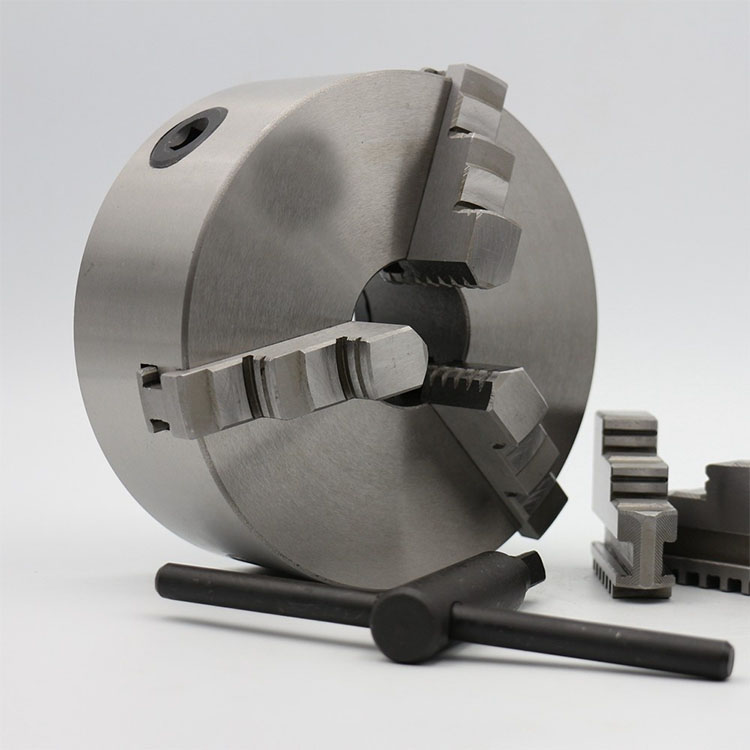 K11 Series 3 Jaw Self Centering Chucks For Lathe Machine
K11 Series 3 Jaw Self Centering Chucks For Lathe Machine -
 Precision Dial Caliper Of Metric & Imperial For Industrial
Precision Dial Caliper Of Metric & Imperial For Industrial -
 Precision IP65 Digital Outside Micrometer Of Inch & Metric With Data Output
Precision IP65 Digital Outside Micrometer Of Inch & Metric With Data Output -
 HSS DP Involute Gear Cutters With PA20 And PA14-1/2
HSS DP Involute Gear Cutters With PA20 And PA14-1/2 -
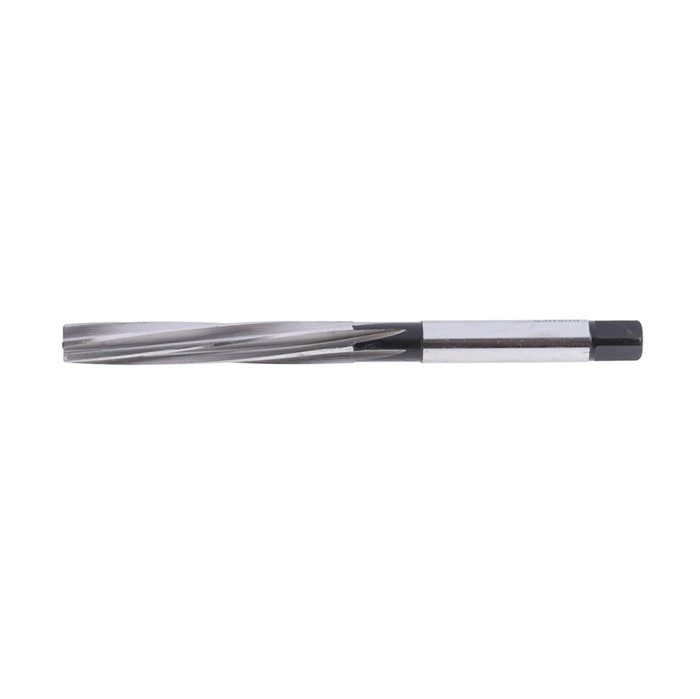 HSS Inch Hand Reamer With Straight Or Spiral Flute
HSS Inch Hand Reamer With Straight Or Spiral Flute -
 DIN4971-ISO1 Carbide Tipped Tool Bit With Right And Left Hand
DIN4971-ISO1 Carbide Tipped Tool Bit With Right And Left Hand -
 GTN Parting & Grooving Insert For NCIH Blade
GTN Parting & Grooving Insert For NCIH Blade -
 Boring Head Shank For Boring Head With Industrial Type
Boring Head Shank For Boring Head With Industrial Type -
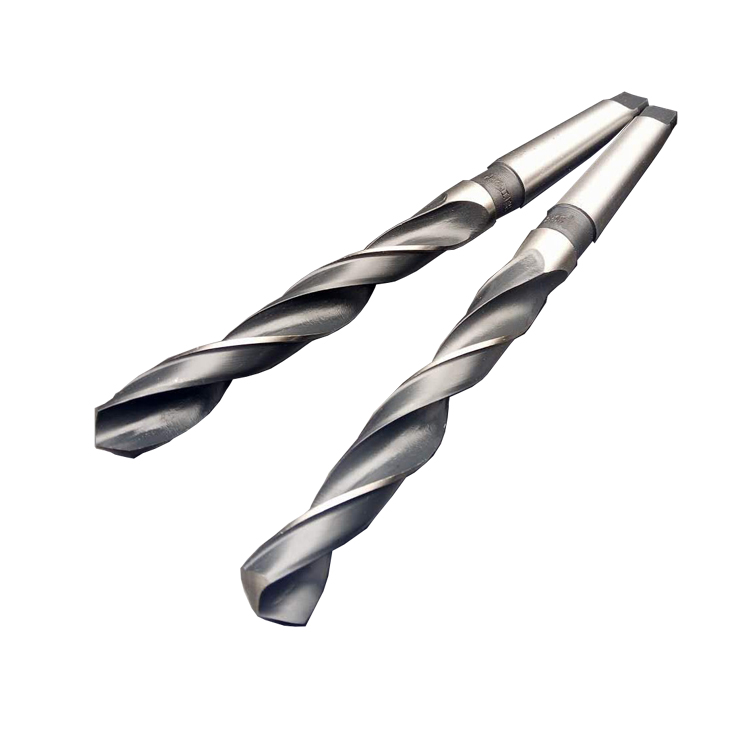 HSS Metric Taper Shank Twit Drills For Metal Cutting Of High Precision
HSS Metric Taper Shank Twit Drills For Metal Cutting Of High Precision -
 DIN338 HSS Twist Drill Bit Fully Ground Or TiN Coated
DIN338 HSS Twist Drill Bit Fully Ground Or TiN Coated -
 Vernier Height Gauge With Magnifier With Adjustable Main Bean
Vernier Height Gauge With Magnifier With Adjustable Main Bean -
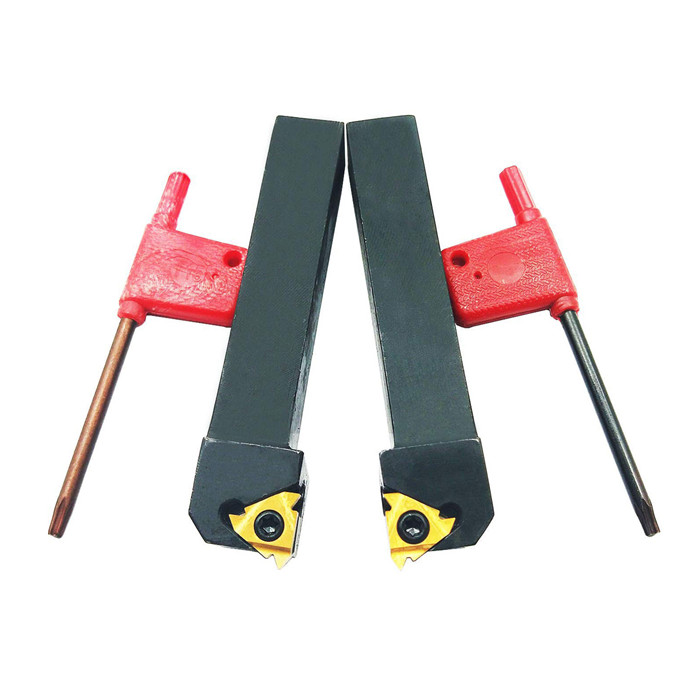 Indexable SER & SEL Threading Tool Holder With Metric & Inch Size
Indexable SER & SEL Threading Tool Holder With Metric & Inch Size
Related search
Related search- r8 collet set Manufacturers
- er32 collet set Suppliers
- Wholesale coolant collet
- ankx insert Factories
- Quick Change Tapping Chuck Factories
- Wholesale 90 degree indexable end mills
- lathe machine tools Factories
- Drill Chuck Arbor Factory
- telescoping gages Manufacturer
- indexable copy face milling cutter Manufacturer


